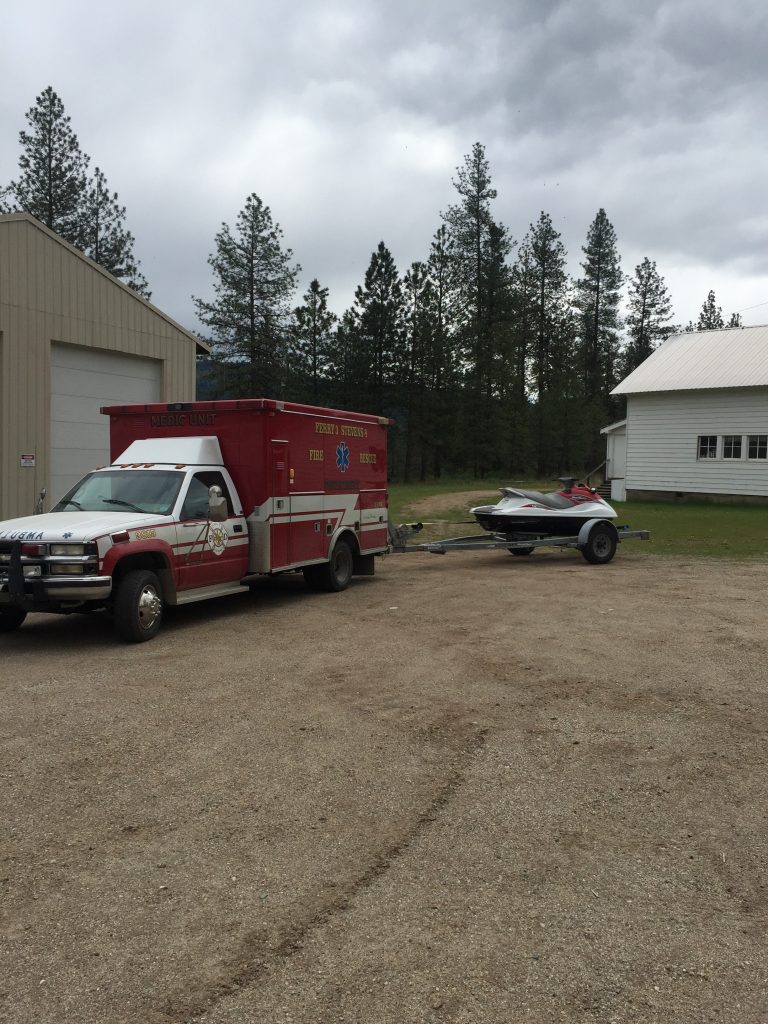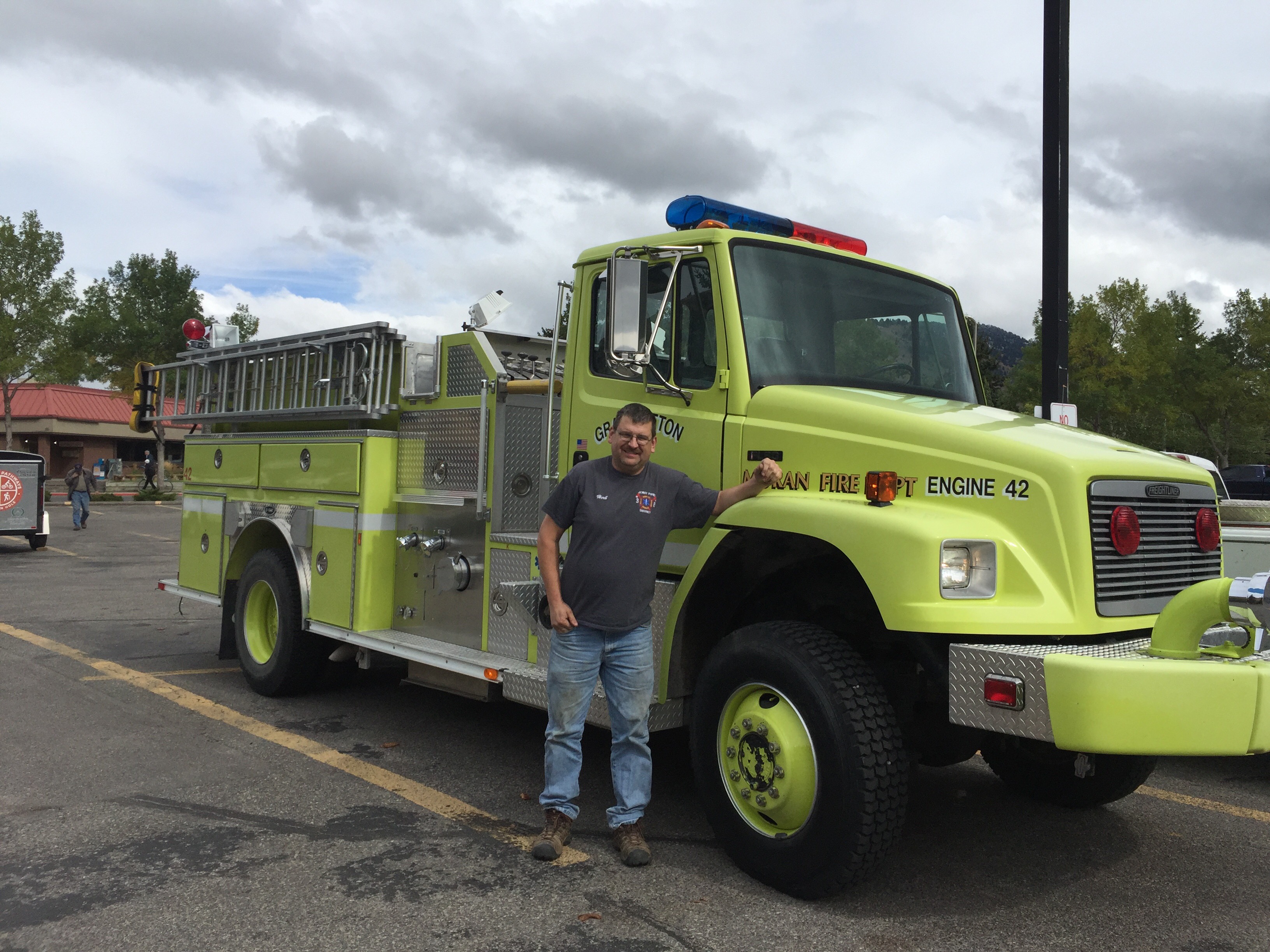Joint Fire District 3&8 memo to all 3&8 fire fighters.
Hello all, here with a few items I need to address before this year’s wildland fire season.
1). Thanks to all who have completed this year’s online refresher course, for those who have not completed, please take the time a do so.
2) Dozer operations and transport.
a. Transport, we need to define who has the capability to operate 3898 (lowboy tractor trailer) and document a road test on this vehicle.
b. Dozer Operators, we need to define who has the capability and skill to operate the dozer and provide seat time before wild land season. I would like utilize the property on Carson road for dozer line construction.
C. Dozer boss, I know only a hand full of our fire fighters at one point in time completed dozer boss training. I would like to offer this class to those willing to take this task on. Keep in mind that a dozer boss needs to be arduous. (walk long distances)
May 27th 18:00 here at the Training Center will be a transport class, this will involve the operation of 3898, vehicle review and inspection, loading and unloading procedures and basic dozer operation for loading and unloading. Here is your chance to show us your skills as a transport operator, see you here.
June 1st 18:00 here at the training center, Basic dozer operations for operators. This will also be a station captains meeting date. We will transport the dozer to the training site and evaluate dozer operators. So if you think you have the skill and talent as an operator here is your chance, attend this meeting. Everyone one to meet here at the T.C. first.
With the Covid 19 pandemic, we need to practice social distancing. Please do not attend if your feel sick or have a temperature above 100°. Face mask will be required if you are at high risk.
I would rather cut fire line with a dozer than hand tools, we need to start utilizing our equipment. Please provide me with any feed back or questions and thank you for your services.




